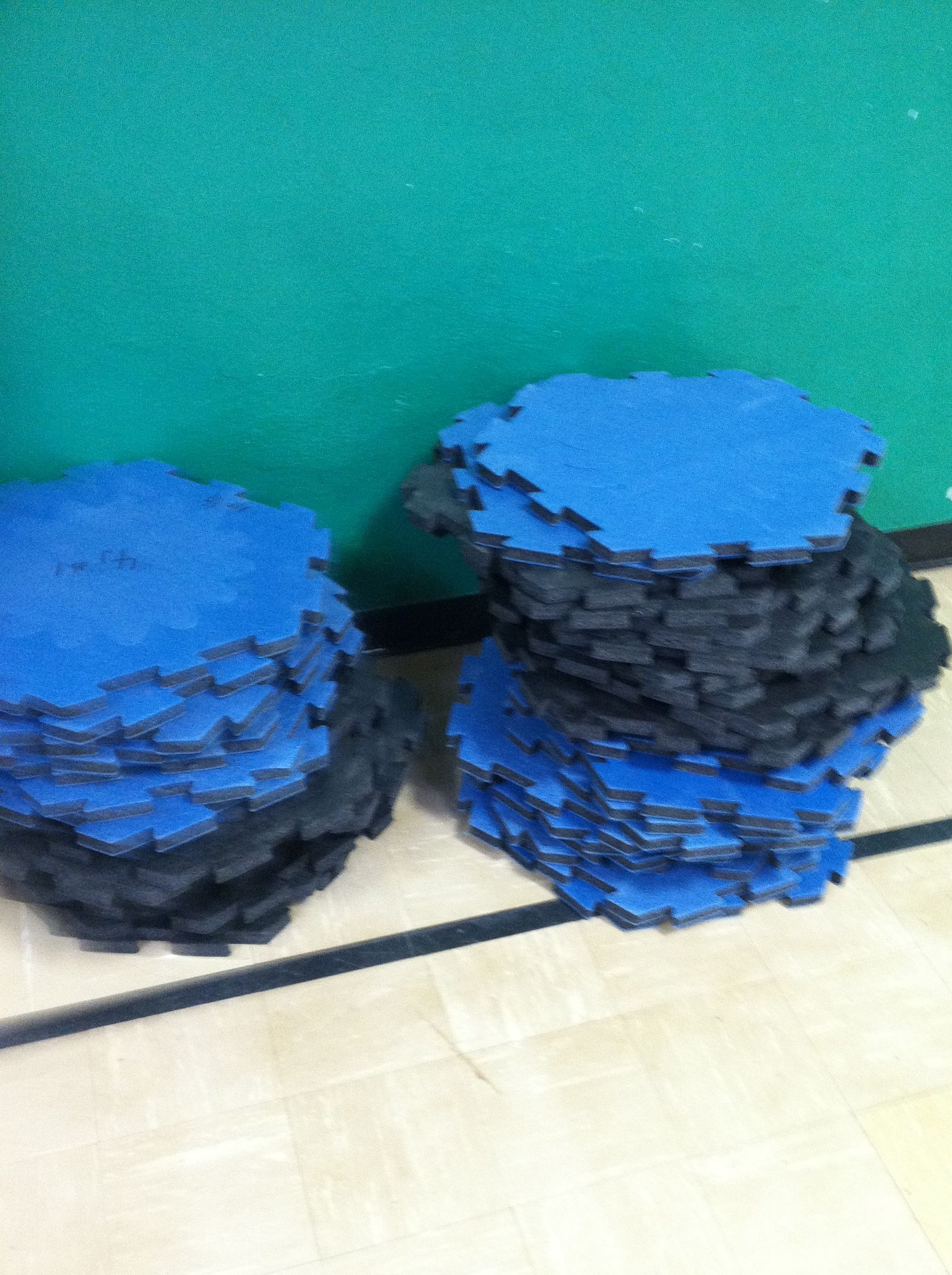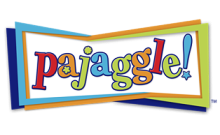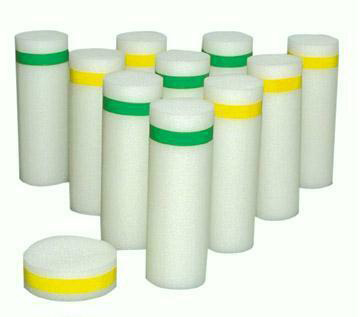Setup and Equipment: 2 Basketballs, Basketball Court – Free Line marked
Objective: The object of the game is to “bump” the other players out of the game by making a shot before the person in back of you in the line does.
-
Order is established by forming a line at the free throw line.
-
All players must attempt their first shot from this point.
- The first and second players in the line get a basketball. Play begins with the first person in line taking the first shot.
- After the 1st player shoots, the 2nd player may shoot.
- If the first shot by a player is missed they must follow their rebound and try to make a basket from anywhere on the court.
- The game at this point is between player #1 and #2
- If player #2 makes a shot before the first player, then player #1 is “bumped” from the game.
- If Player #1 makes a shot, the ball should be rebounded and immediately passed to the third player in line. The contest is now between players #2 and #3.
- Players may only touch their own ball. There is no basketball skill involved in hitting a basketball with another basketball, so this is not allowed in the official rules of “Bump”.





